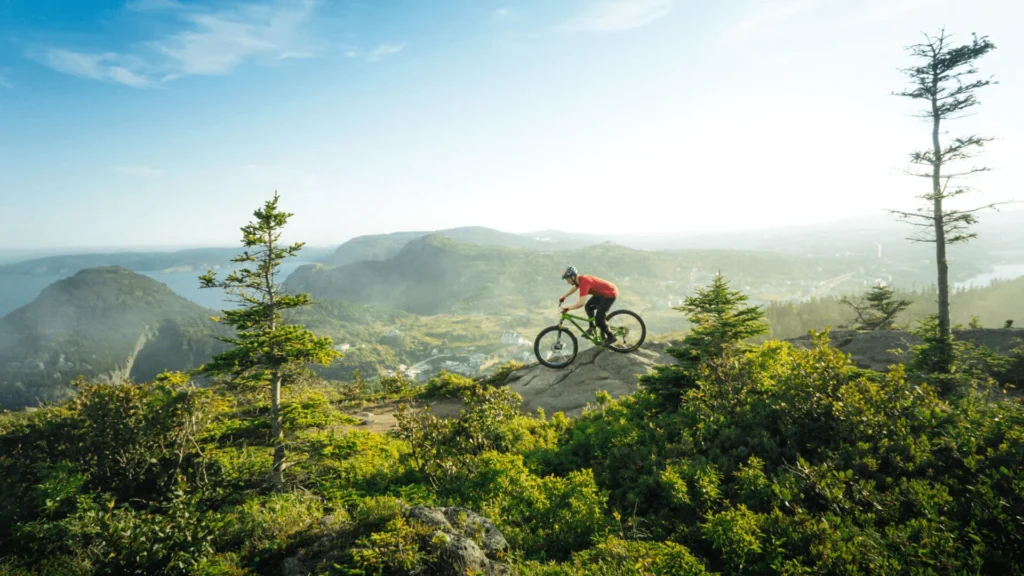Mountain biking offers a thrilling way to explore nature, challenge personal limits, and enjoy the camaraderie of fellow enthusiasts. But, choosing the right trail appropriate to your skill level and interests can greatly influence your experience. In this text, we investigate into the various classifications and types of mountain bike trails to help ensure you make informed decisions that enhance your journey.
Understanding Mountain Biking and Trail Classifications
Trail Difficulty Levels: An Overview
Mountain biking trails are categorized by difficulty to assist riders in selecting routes that match their skills. These classifications often follow a global standard system that ranges from beginner-friendly trails to expert-only paths, helping ensure safety and enjoyment.
Green Trails: Beginner-Friendly Options
Green trails are characterized by wide paths with gentle gradients and minimal obstacles, making them ideal for new riders acquiring basic biking skills.
Blue Trails: Intermediate Challenges
Blue trails present a more technical experience than green ones, introducing varied terrain, steeper inclines, and moderate obstacles to navigate, suitable for those with growing confidence.
Black Diamond Trails: Advanced Experiences
Reserved for seasoned riders, black diamond trails boast steep drops, intricate junctions, and challenging anthropogenic or natural obstacles, requiring mastery of advanced biking techniques.
Types of Mountain Bike Trails by Environment

Cross-Country Trails: Long-Distance Adventures
Focusing on endurance and exploration, cross-country trails wind through diverse terrains and often extend great lengths, perfect for riders seeking adventurous journeys.
Downhill Trails: Thrills and Obstacles
Designed for steep descents, downhill trails prioritize speed and offer features like jumps, berms, and drops. Downhill-specific equipment is often recommended for these routes.
Enduro Trails: Mixed-Terrain Racing
Enduro trails merge climbing and descending segments, catering to competitive activities and riders who enjoy varied terrain challenges.
Specialized Mountain Bike Trail Features
Flow Trails: Smooth Rides for Speed
Flow trails provide rhythmic paths with banked turns and smooth surfaces, enabling riders to maintain momentum and experience fluid motion.
Technical Trails: Rocks, Roots, and Challenges
Technical trails present abundant natural challenges like rocks and roots, demanding high precision and concentration from riders.
Choosing the Right Trail for Your Experience Level
Selecting the appropriate trail depends on your proficiency, equipment, and goal. Evaluate the trail rating system, terrain characteristics, and environmental conditions to align your choice with your confidence and capability levels. Starting conservatively ensures growth and safety as you advance.
Conclusion: Embracing Every Kind of Mountain Bike Trail
Embarking on mountain biking adventures opens up a world of exploration and self-discovery. Familiarizing yourself with different trail types ensures you experience the excitement while staying safe and prepared. So gear up, choose a trail that matches your skills, and jump into the thrilling world of mountain biking.
Frequently Asked Questions about Types of Mountain Bike Trails
What are green mountain bike trails?
Green mountain bike trails are beginner-friendly routes with wide paths, gentle slopes, and minimal obstacles, making them ideal for new riders acquiring foundational biking skills.
What challenges do black diamond trails present?
Black diamond trails are designed for advanced riders, featuring steep slopes, technical junctions, and diverse obstacles that require mastery of advanced biking techniques.
How are cross-country and downhill trails different?
Cross-country trails emphasize endurance over variable terrains and long distances, while downhill trails focus on speed and technical descents with features like jumps and berms.
What features define flow trails in mountain biking?
Flow trails offer smooth terrains with banked turns and rhythmic designs, enabling riders to maintain momentum and experience fluid motion throughout their ride.
How can I choose the right trail for my mountain biking skill level?
To choose a suitable trail, assess your proficiency, consider trail ratings, and start conservatively. Ensure compatibility with your biking equipment and build confidence gradually.
